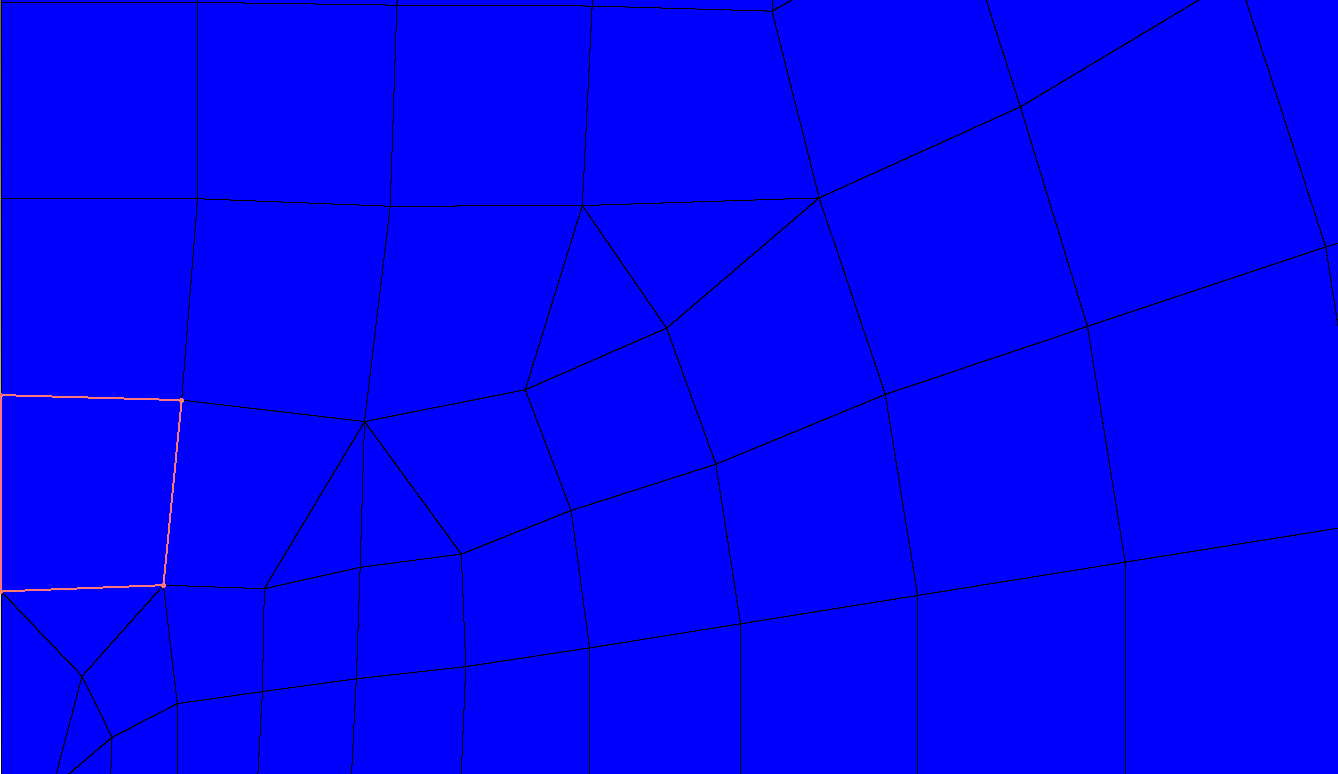The aspect ratio of a cell (or element, if you’re more used to finite element terminology) affects the accuracy of the numerical method – but remember that any cell-quality measure is nuanced. Tempting as it is to look for a cast-in-stone value that indicates a pass/fail, the reality is that the cell-quality is only one of several things that determine solution accuracy. In general, wherever the state variable(s) has (or have) high gradients, you’d like to have better shaped cells.
With that caveat out of the way, here’s the easy part: the aspect ratio of a rectangle is the length divided by the breadth (or the other way round, if the breadth exceeds the length). The ideal value is 1. The larger the value, the “worse” the aspect ratio.
Now the harder part: cells can be of different types. And it’s often far from clear what “larger” and “smaller” dimensions should be used. Finite Elements are usually either 1-dimensional (beams, trusses) in which case the aspect ratio is irrelevant, or two-dimensional (plates, shells, plane stress, plane strain – the standard shapes are quadrilaterals and triangles) or three-dimensional (tetrahedra, pyramids, wedges, and hexahedra). But Finite Volume / Finite Difference methods that are used in CFD also use polyhedra.
Don’t, therefore, use the aspect ratio (or pretty much any other cell-quality measure, for that matter) as a pass / fail test. Use it, instead, as a broad guideline. A lot of the adverse effect of poor aspect ratios depends both on the physics (the gradients of the state variables) and the solver itself.


